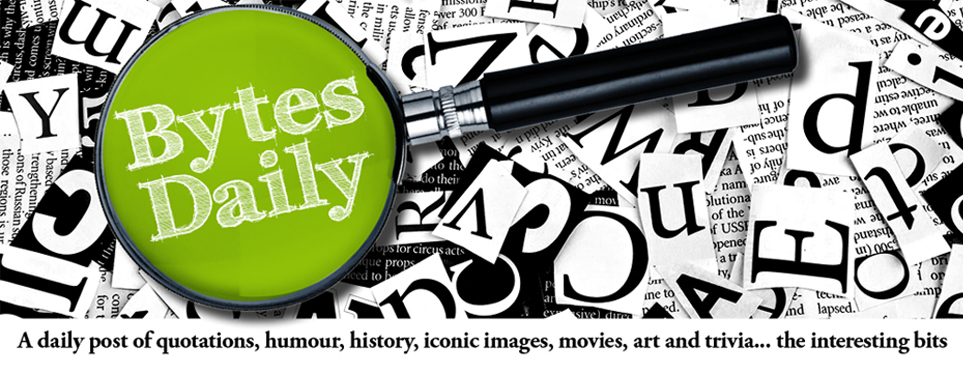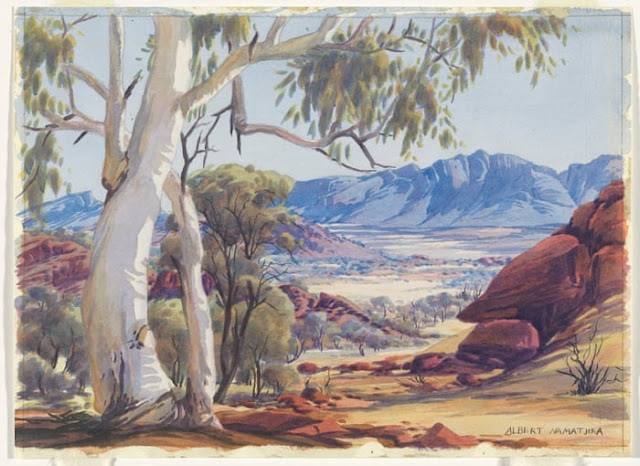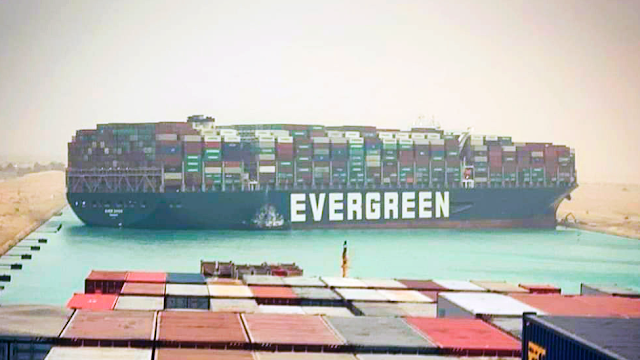Today’s Poetry Spot features a poem by Henry Lawson about the journeys of the stagecoaches introduced into colonial Australia by American Freeman Cobb. Think of American stage coach journeys without Indians, and with kangaroos instead of buffalo. Bandits were common to both countries, as shown in the Tom Roberts’ painting “Bailed Up” . . .
-----o😊o-----
From wikipedia:
Cobb & Co was the name used by many successful sometimes quite independent Australian coaching businesses. The first was established in 1853 by American Freeman Cobb and his partners. The name Cobb & Co grew to great prominence in the late 19th century, when it was carried by many stagecoaches carrying passengers and mail to various Australian goldfields, and later to many regional and remote areas of the Australian outback. The same name was used in New Zealand and Freeman Cobb used it in South Africa.
Although the Queensland branch of the company made an effort to transition to automobiles in the early twentieth century, high overhead costs and the growth of alternative transport options for mail, including rail and air, saw the final demise of Cobb & Co. The last Australian Cobb & Co stagecoach ran in Queensland in August 1924.
Cobb & Co has become an established part of Australian folklore commemorated in art, literature and on screen. Today the name is used by a number of Australian bus operators.
-----o😊o-----
Some pics:
Cobb & Co coach at Winton, Queensland c 1890.
Cobb & Co Coach, Kallangur, Queensland, unknown date
Nahh, I'm messing with you, that's a promo shot for the 1939 John Wayne cowie, the one that made him a star, Stagecoach.
Pictured:
Andy Devine, holding reins; George Bancroft, holding shotgun; Donald Meek, in window; Clair Trevor, in doorway;
John Carradine, on cane; Chris-Pin Martin, in vest; Louise Platt, in black coat; John "The Ringo Kid" Wayne on right.
Cobb & Co. coach and horses outside Harcourt, Warburton, Victoria
An enlargement of part of the pic above. Looks a bit like the John Wayne pic, wouldn't ya say, pilgrim?
-----o😊o-----
One final thing, before travelling to the poem.
In 1959-1960 US actor Peter Graves starred in a locally made production called “Whiplash”. It was an excellent series in which Graves portrayed Cobb establishing his stage line in New South Wales. See the opening of each episode by clicking on:
Whiplash, Whiplash, Whiplash, Whiplash
In 1851 the Great Australian gold rush
The only law a gun, the only shelter wildbush
Whiplash, Whiplash
The Mulga woods and deserts, the stage thunders by
From Sydney to Camden and on to Gundagai
Whiplash, Whiplash
-----o😊o-----
For those who prefer to hear the poem and watch it depicted, click on the following link:
Well worth the click.
-----o😊o-----
The poem:
The Lights Of Cobb And Co
by Henry Lawson
FIRE LIGHTED, on the table a meal for sleepy men,
A lantern in the stable, a jingle now and then;
The mail coach looming darkly by light of moon and star,
The growl of sleepy voices—a candle in the bar.
A stumble in the passage of folk with wits abroad;
A swear-word from a bedroom—the shout of ‘All aboard!’
‘Tchk-tchk! Git-up!’ ‘Hold fast, there!’ and down the range we go;
Five hundred miles of scattered camps will watch for Cobb and Co.
Old coaching towns already ‘decaying for their sins,’
Uncounted ‘Half -Way Houses,’ and scores of ‘Ten Mile Inns;’
The riders from the stations by lonely granite peaks;
The black-boy for the shepherds on sheep and cattle creeks;
The roaring camps of Gulgong, and many a ‘Digger’s Rest;’
The diggers on the Lachlan; the huts of Farthest West;
Some twenty thousand exiles who sailed for weal or woe;
The bravest hearts of twenty lands will wait for Cobb and Co.
The morning star has vanished, the frost and fog are gone,
In one of those grand mornings which but on mountains dawn;
A flask of friendly whisky—each other’s hopes we share—
And throw our top-coats open to drink the mountain air.
The roads are rare to travel, and life seems all complete;
The grind of wheels on gravel, the trot of horses’ feet,
The trot, trot, trot and canter, as down the spur we go—
The green sweeps to horizons blue that call for Cobb and Co.
We take a bright girl actress through western dust and damps,
To bear the home-world message, and sing for sinful camps,
To wake the hearts and break them, wild hearts that hope and ache—
(Ah! when she thinks of those days her own must nearly break!)
Five miles this side the gold-field, a loud, triumphant shout:
Five hundred cheering diggers have snatched the horses out:
With ‘Auld Lang Syne’ in chorus through roaring camps they go—
That cheer for her, and cheer for Home, and cheer for Cobb and Co.
Three lamps above the ridges and gorges dark and deep,
A flash on sandstone cuttings where sheer the sidings sweep,
A flash on shrouded waggons, on water ghastly white;
Weird bush and scattered remnants of rushes in the night
Across the swollen river a flash beyond the ford:
‘Ride hard to warn the driver! He’s drunk or mad, good Lord!’
But on the bank to westward a broad, triumphant glow—
A hundred miles shall see to-night the lights of Cobb and Co.!
Swift scramble up the siding where teams climb inch by inch;
Pause, bird-like, on the summit—then breakneck down the pinch
Past haunted half-way houses—where convicts made the bricks—
Scrub-yards and new bark shanties, we dash with five and six—
By clear, ridge-country rivers, and gaps where tracks run high,
Where waits the lonely horseman, cut clear against the sky;
Through stringy-bark and blue-gum, and box and pine we go;
New camps are stretching ’cross the plains the routes of Cobb and Co.
Throw down the reins, old driver—there’s no one left to shout;
The ruined inn’s survivor must take the horses out.
A poor old coach hereafter!—we’re lost to all such things—
No bursts of songs or laughter shall shake your leathern springs
When creeping in unnoticed by railway sidings drear,
Or left in yards for lumber, decaying with the year—
Oh, who’ll think how in those days when distant fields were broad
You raced across the Lachlan side with twenty-five on board.
Not all the ships that sail away since Roaring Days are done—
Not all the boats that steam from port, nor all the trains that run,
Shall take such hopes and loyal hearts—for men shall never know
Such days as when the Royal Mail was run by Cobb and Co.
The ‘greyhounds’ race across the sea, the ‘special’ cleaves the haze,
But these seem dull and slow to me compared with Roaring Days!
The eyes that watched are dim with age, and souls are weak and slow,
The hearts are dust or hardened now that broke for Cobb and Co.

















































